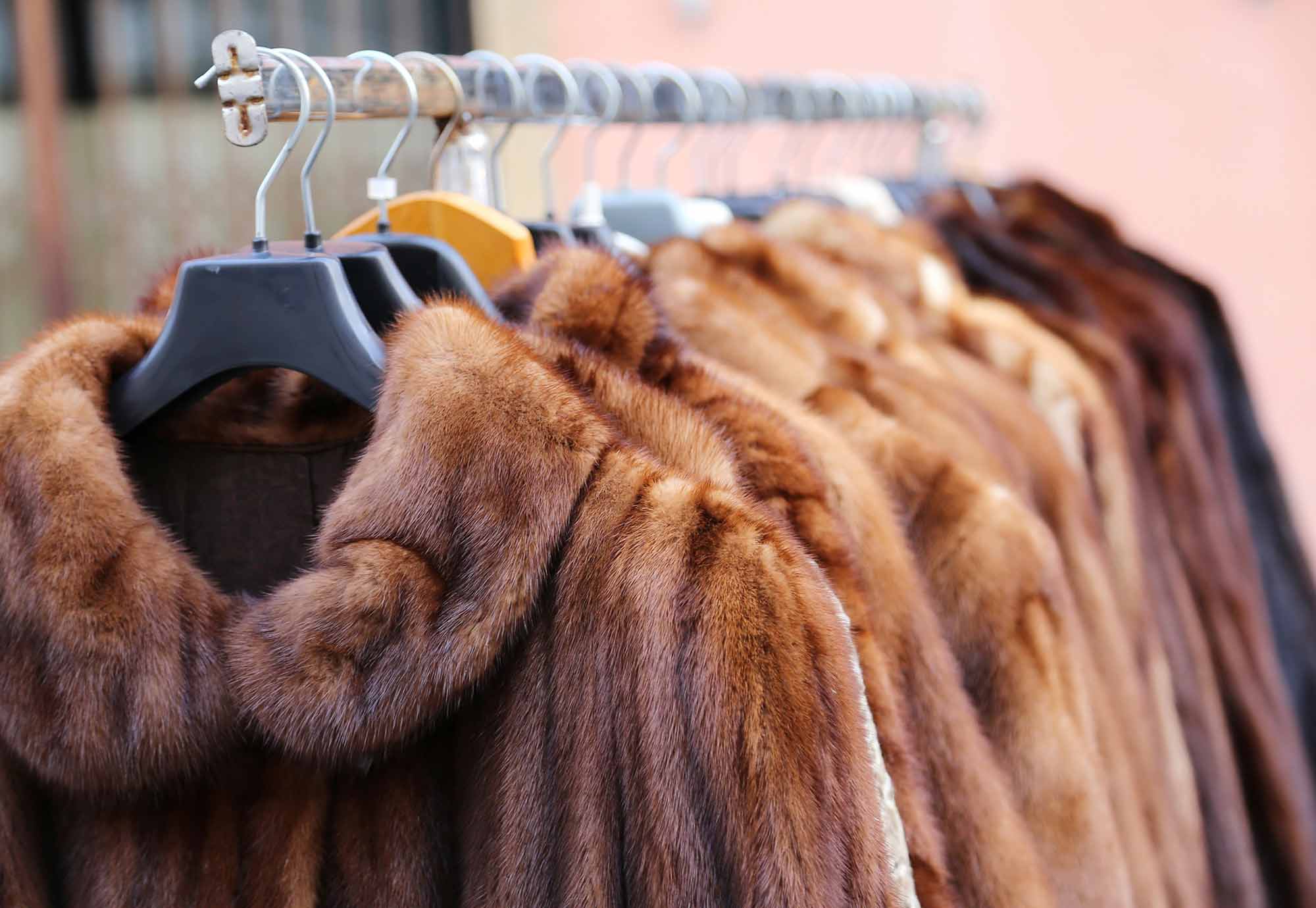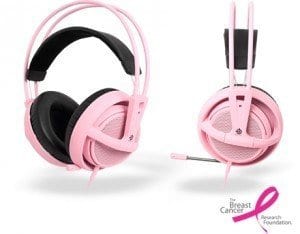
Historically, animal fur has been synonymous with the world of luxury fashion. But, in an until recently unprecedented stand, some major luxury fashion brands have pledged to ban fur from their lines once and for all.
The relationship between high-end luxury fashion brands and animal ethics groups has been fraught for decades. However, recent years have seen a rise in major fashion houses and designers denouncing the use of animal fur, marking a monumental victory for animal rights. Some American cities are also taking an independent stand to diminish the retail of the product. San Francisco voted to ban all sales of fur within its limits in March of this year. An historical moment for the city, this new legislation will go into effect January 2019.
A worldwide stand against animal fur
There is no doubt that fur as clothing is drenched in the glitz of showbiz history. Adorning Hollywood starlets and wealthy clientele alike, female glamour was once defined by a mink coat. If recent years are anything to go by, however, this antiquated approach to style is getting the overhaul animals deserve, and its effects can be seen around the globe.
Norway, which was once the world’s largest producer of fox fur, has committed to phasing out the country’s fur farms by 2025. The Nordic country follows in the footsteps of the UK, Germany, Austria and Croatia, who have all prohibited fur farms. What’s more, according to the Financial Times, 850 retailers globally are now registered as Fur Free Retailers.
“Fur? I am out of that. I don’t want to kill animals to make fashion. It doesn’t feel right”—Donatella Versace
High time, high fashion
The Versace family’s eponymous brand joined the ever-growing list of fashion houses to eradicate fur products from its lines. Head of the family Donatella Versace said earlier this year, “Fur? I am out of that. I don’t want to kill animals to make fashion. It doesn’t feel right.” We’re with you there, Donatella.
Major Italian fashion house Gucci announced its move to eliminate animal fur from its label back in 2017 from its Spring 2018 line onwards. Any remaining fur stock, they said, would be auctioned with proceeds given to animal welfare charities. “Being socially responsible is one of Gucci’s core values, and we will continue to strive to do better for the environment and animals,” said Gucci president and CEO Marco Bizzarri at the London College of Fashion in October 2017. “Gucci is excited to take this next step and hopes it will help inspire innovation and raise awareness, changing the luxury fashion industry for the better,” he added.
According to the Financial Times, fur products in Gucci’s line account for just €10 million of their €6.21 billion worth. A change in consumer behavior also prompted the fashion titan to change course. With the rise of vegetarianism and veganism among millennials (the brand’s main consumer base), sales for animal products were likely to decrease anyway.
Not long ago, accessible luxury fashion brand Michael Kors also hopped onto the faux fur bandwagon. “Due to technological advances in fabrications, we now have the ability to create a luxe aesthetic using non-animal fur,” said Kors himself, following a statement that the company would join others in cutting the use of animal fur from its brand.
John D. Idol, chairman and chief executive at Michael Kors, said in a statement, “This decision marks a new chapter as our company continues to evolve its use of innovative materials.”
Is the future faux?
The concept of replacing animal fur with fake fur has been met with mixed reactions. While it undoubtedly eliminates the possibility of animal slaughter, some have argued that the material’s production is harmful to the environment and not as sustainable as we’d like to think. The principal materials used to make faux fur—including acrylic and polyesters—are made from non-renewable products such as coal and petroleum which deplete the Earth’s natural resources. Mark Oaten, CEO of the Fur Trade Association, said, “Fake fur requires the extraction and fractionating of petroleum, as well as the subsequent conversion into fibers and mass manufacturing into products. These are not only incredibly energy-intensive but also produce a lot of extremely unpleasant chemical compounds.” But is this argument against faux alternatives enough to slow the momentum gained to banish animal fur and encourage fur-aesthetic lovers to buy real?
While commitments to a fur-free future have made a powerful political statement, fur farming is still a major cash cow with the global fur industry estimated to be worth a staggering $40 billion. For now, though, the formidable solidarity between fashion houses renowned for their lavish excess, independent boutiques and countries around the world who are stepping into a cruelty-free future together shows that compassionate fashion is—for want of a better word—“in”.
$200m
is the value of mink fur industry each year
Source: truthaboutfur.com















